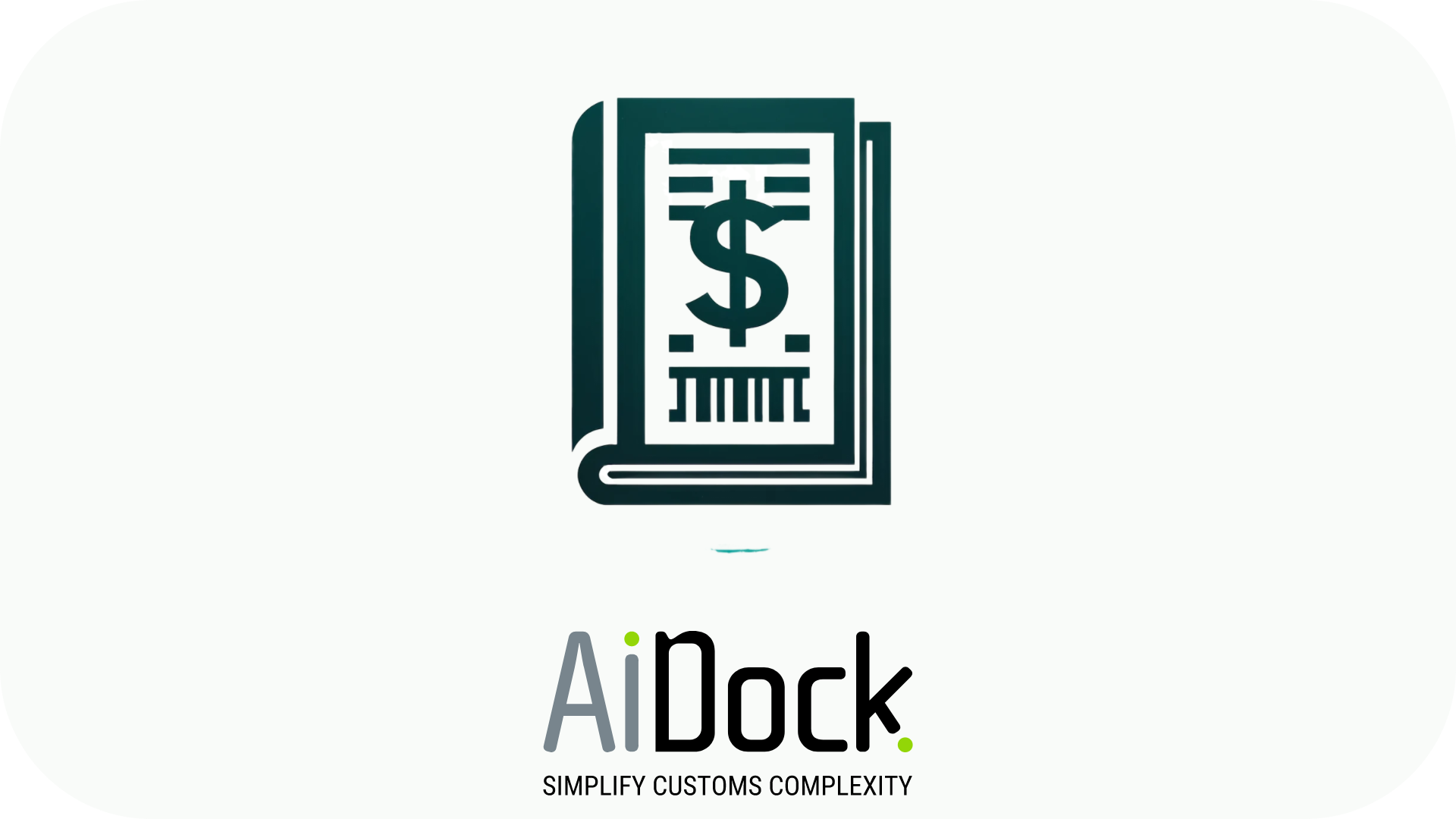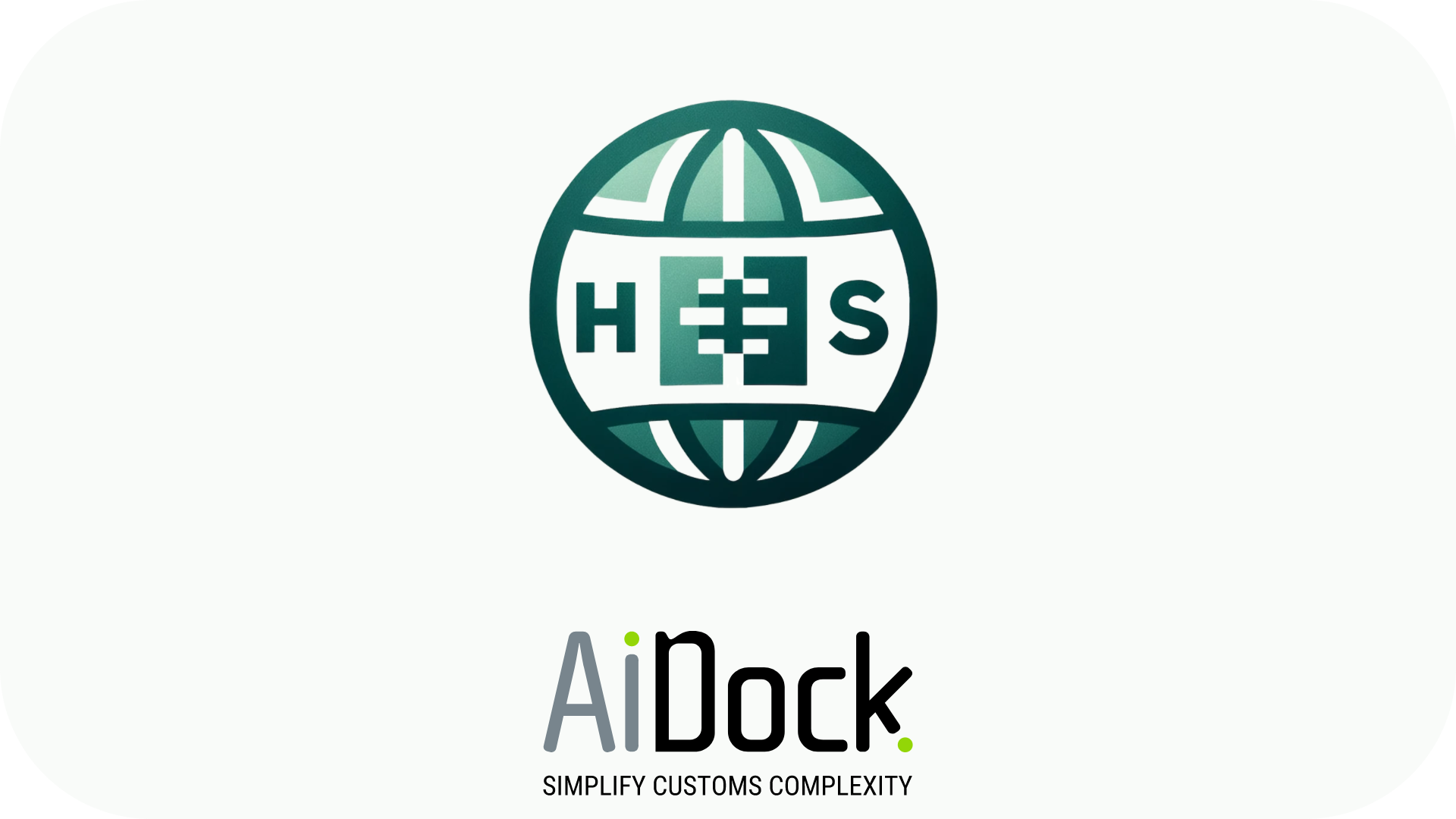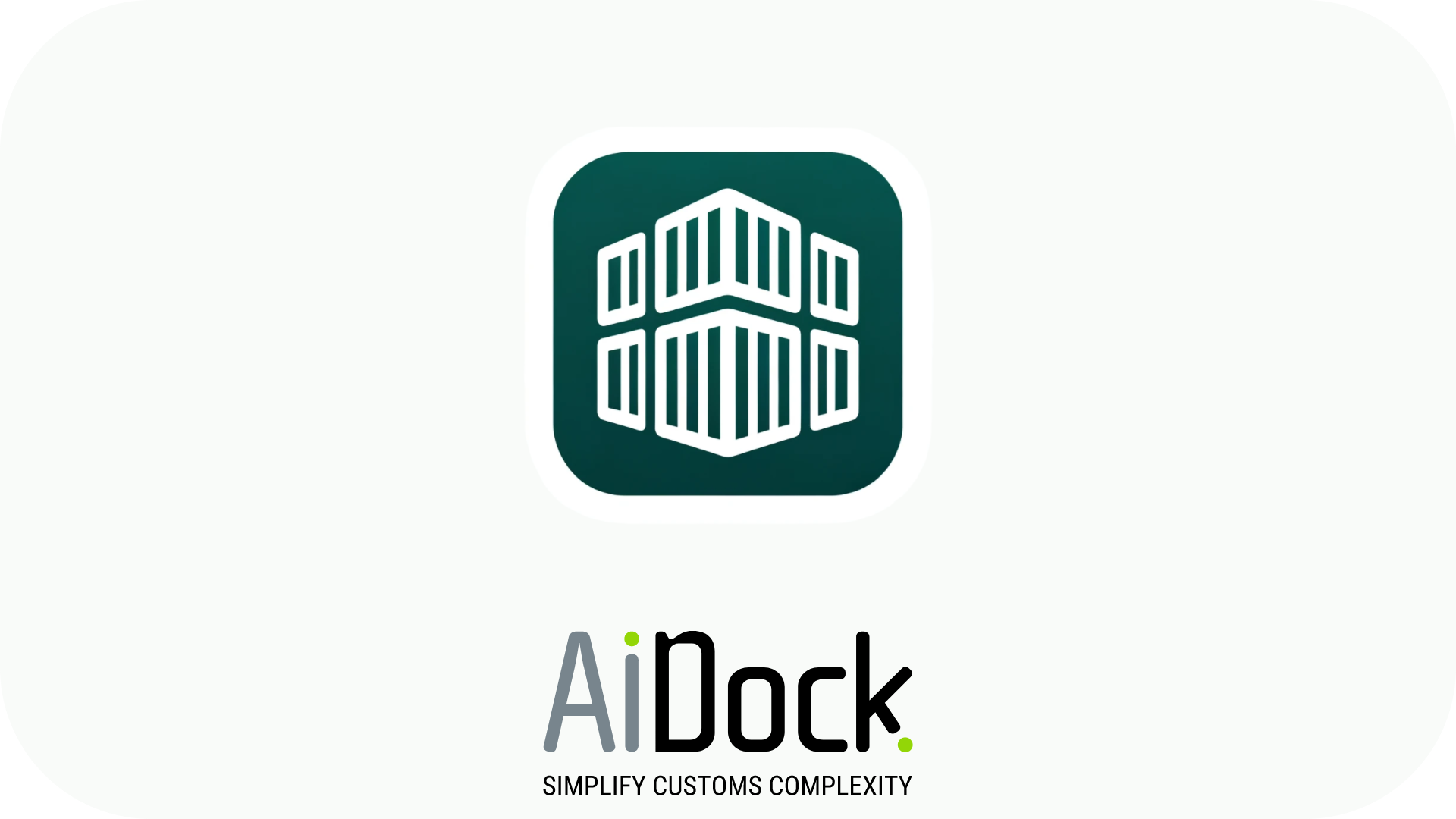Why Automation is Key to the Future of Customs Clearance
Globalization, eCommerce, the democratization of technology, the “long-tail,” our never-ending pursuit after increased convenience, and the latest catalyst, COVID-19, are driving the worldwide delivery economy to unfathomable heights at an increasing speed. According to Pitney Bowes 2019 Parcel Shipping Index, over 100 billion parcels were shipped in 2019, and a double-digit CAGR will propel this number to 262 billion by 2026.
However, the need to clear parcels through customs will grow in a similar fashion, if not faster, seeing as an even greater portion of said deliveries will entail cross-border shipments. The conventional, people-dependent clearance processes are not even close to keeping abreast of the skyrocketing volumes of clearances required. While there are many small hacks and tricks we can do as humans to improve the situation, the only viable long-term alternative is to turn to automation, and more specifically, to artificial intelligence (AI) and robotic resources (RR) such as AIDock’s Bailey and Cody customs processing robots.
The Need for Automation
Insurmountable paperwork requirements, the insufficient pool of experienced personnel, faulty HS codes, and country variances in customs rules and regulations all hamper customs clearance processes and lead to delays, fines, and other negative consequences. To scale in lockstep with the market, it is essential to add AI and RR technologies to the mix.
Paperwork: Auto-generate a checklist for each country and track completion, auto-generate a list of all the information you need for each document, autofill the declaration document based on existing documentation that the AI has scanned and given humans an opportunity to double-check its work when uncertain about the value to place in a specific field, and automatically distribute documents to the relevant parties.
HS Code Classifications: Use HS Code robots to automate HS Code classification, which allows you to perform thousands, even millions of classifications every second with excellent accuracy.
Additional Areas of Improvement: Ensure that the appropriate duties and taxes are collected at the border, make your cargo accessible for inspection, analyze container images made by x-ray scanners to improve the efficiency of cargo inspection, and learn how to use mobile apps provided by customs authorities.
In conclusion, AI-based systems can bring immense value to customs clearance, enabling us to scale in lockstep with the market. It’s time to embrace the future of customs clearance and let AI and RR technologies take the lead.




